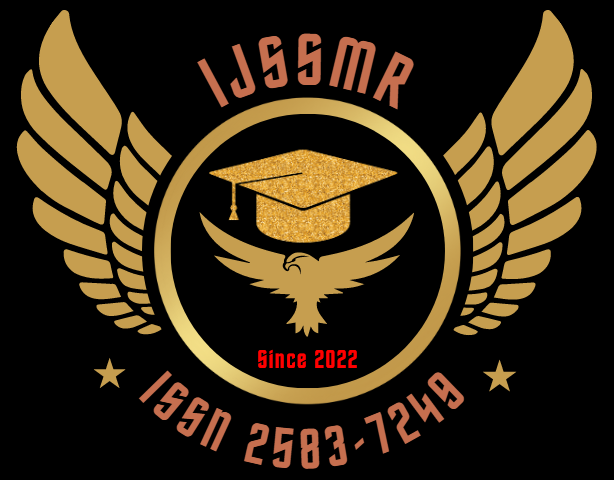Peer Reviewed Process
The Journal of Social Science and Research is an academic publication with peer review that is double-blind and open to both social sciences and multidisciplinary research.
Double-blind peer review is used for the Journal of Social Science and Research. Peer review is a requirement for publication of any paper submitted to the Journal of Social Science. In this publication, the peer review process involves two or more people with expertise comparable to the author’s evaluating the submitted material. Its purpose is to assess the academic paper’s fitness for publishing. Peer review is a technique used to uphold quality standards and give studies legitimacy. At Journal of Social Science, the peer review process is broken down into nine parts, each of which is described below.
1.Paper Submission
The paper is sent to the publication by the corresponding or submitting author. This is done through a our website using the following link.
However, it also momentarily accepts email submissions for papers in order to assist authors. You may also submit your article directly to our Email- editor@ijssmra.gmail.com
2.Review by the editorial Board
The editor of Journal first evaluates the submitted manuscript. The editor evaluates whether it fits the Journal’s topic and scope. To ensure that the manuscript has all the necessary parts and stylistic nuances, it is reviewed for composition and organisation against the journal’s Author Guidelines. At this stage, a minimal level of quality for the work is also evaluated, including a determination of whether there is a significant methodological level. Before being evaluated by reviewers, every submitted article that successfully completes this step is checked for plagiarism by Turnitin.
3. Evaluation by the Chief Editor
The paper is evaluated by the Editor-in-Chief to see whether it is relevant, original, and appropriate for the journal. If not, the article can be dismissed without further evaluation.
4. Reviewers’ Invitation
Based on their competence, the proximity of their research interests, and their examination of any potential conflicts of interest, the handling editor sends invitations to people they believe would be suitable reviewers (also known as referees). The peer review procedure at the Journal of Social Science includes management, economics, culture, law, geography, and education. It involves a group of specialists in a specifically specified area of social science who are competent and capable of conducting a reasonably unbiased review. The double-blind peer review process used in this journal also preserves objectivity. Nevertheless, neither the author nor the reviewer is aware of the other’s identity. Reviewers are given anonymous access to the paper.
5. Answers to invitations
Suitable reviewers weigh the invitation against their own experience, potential conflicts of interest, and availability. After that, they choose whether to accept or reject. When a potential reviewer declines to participate, the editor may request in the invitation letter a recommendation for another reviewer.
6.Conducting a review
The reviewers set aside time to read the work more than once. An initial assessment of the work is made after the first reading. Reviewers might feel at ease rejecting the manuscript outright if significant issues are discovered at this point. In the event that this does not happen, they will read the document again while making notes in order to create a thorough point-by-point analysis. The review is then sent to the journal along with a suggestion to accept, reject, or ask for correction (often marked as major or minor) before being reconsidered.
7. Reviews and Evaluation
Before reaching a final decision, the Editor-in-Chief and handling editor take into account all the returned reviews. The handling editor may ask a third reviewer if the ratings between the two reviewers are significantly different in order to have a second opinion before reaching a decision.
8. Communication of the Decision
An email with the editor’s decision and any pertinent reviewer comments is sent to the author. The related author receives anonymous reviewer comments and is instructed to reply appropriately. At this point, reviewers are also informed by email or letter of the results of their review.
9.Final Step
The paper goes through copy editing after being accepted. In the event that the article is rejected or returned to the author for substantial or minor revisions, the handling editor will incorporate helpful criticism from the reviewers to aid the author in improving the piece. The article should be revised and edited in accordance with the reviewers’ suggestions and directives.
The author should send the amended version of the manuscript to the editor when revisions have been made.
The updated paper is regarded as approved if the editor approves of it. The Editor will ultimately decide whether or not to publish something after considering the feedback from the peer review procedure. The evaluation procedure will take two to four weeks. The group of choices consists of, All of the accepted papers are freely downloaded as PDF files and will be published online.
